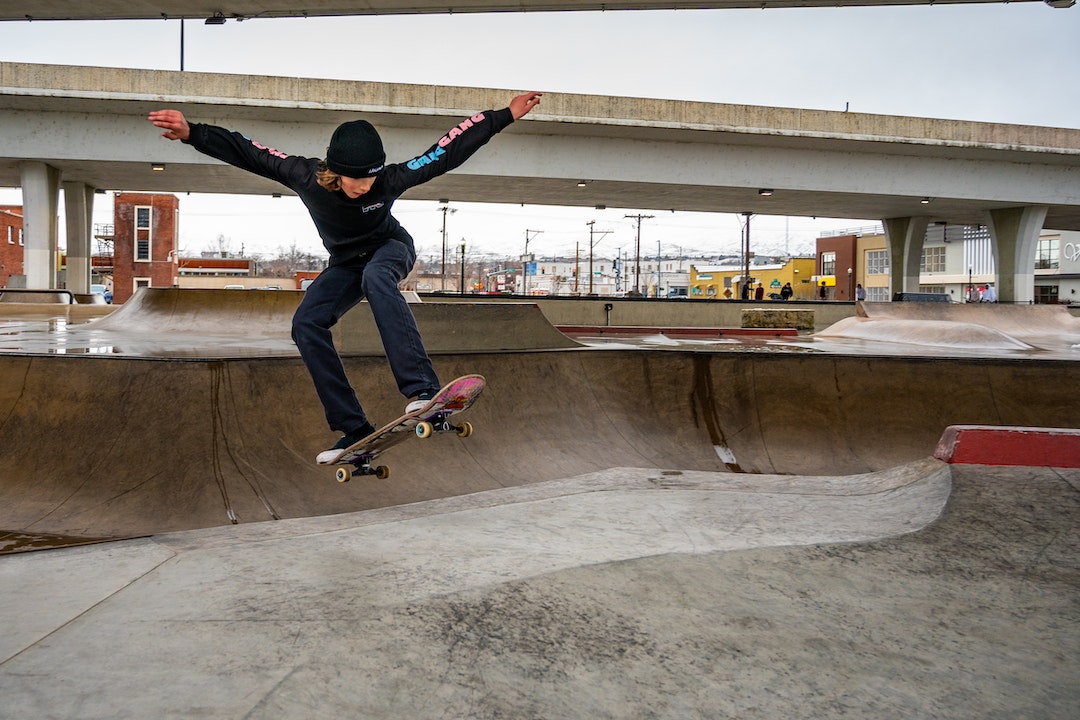Skateboarding is a great way to get around, have fun, and stay in shape. But how long does it take to learn to skateboard? The answer depends on a few factors, including your natural ability and previous experience with other sports. But with a little practice, anyone can learn to skateboard. In this post, we’ll explore how long it takes to learn to skateboard, what factors affect the learning process, and some tips for becoming a successful skater. (Also Read: How long does it take to learn to swim)
How many types of skateboards are there?
Longboards are the largest type of skateboard and are typically used for downhill racing or long-distance commuting.
Mini-cruisers are smaller than longboards but larger than electric skateboards and standard skateboards. They are ideal for cruising around town or campus.
Electric skateboards are powered by batteries and can reach speeds of up to 20 mph.
Standard skateboards are the most common type of skateboard and are typically used for street skating or performing tricks.
How long does it take to learn to skateboard?
Learning to stand on your board: 1-2 days
Rolling around and getting used to moving on your board: 3–5 days
Pushing off and basic tricks: 1 week
Mastering more advanced tricks: 2 weeks+
Of course, everyone learns at their own pace, so don’t get discouraged if it takes you a bit longer than the estimated timeline. With some patience and perseverance, you’ll be shredding like a pro in no time!
What to look for when choosing a skateboard?
The size of the board A smaller board is easier to maneuver, while a larger board may be more stable.
The width of the truck A wider truck may be more stable, while a narrower truck may be more agile.
The hardness of the wheels Softer wheels grip the pavement better, while harder wheels are faster.
The weight of the board Heavier boards are more durable, while lighter boards are easier to carry.
What are the basics of skating?
Balancing: Start by standing on your board in one spot and just trying to maintain your balance. Once you feel comfortable doing this, try moving around a bit on your board. Remember to bend your knees slightly and keep your feet shoulder-width apart for the best balance.
Turning: To turn, you will need to lean in the direction you want to go. Put pressure on the front foot to turn left, and pressure on the back foot to turn right. You can also use your body weight to help with turning by leaning your whole body in the direction you want to go.
Stopping: To stop, simply put your foot down on the ground next to your board (like you would if you were getting out of a car). You can also use your back foot to brake by dragging it along the ground behind you as you ride.
What are the more advanced skating techniques?
Is it good to learn to skateboard?
For one, skating is a great form of exercise. It’s also a great way to get around town and explore your surroundings.
Also, skating can be a great way to relieve stress and enjoy some time outdoors.
It is also a great way to meet new people and make new friends. There are lots of skaters out there of all ages and abilities, so you’re sure to find someone to skate with. Skating is also a great activity to do with family and friends.
Finally, learning to skateboard can be incredibly rewarding. Once you’ve mastered the basics, you’ll be able to do tricks and maneuvers that look really cool.
You might even decide to compete in skateboarding competitions. Regardless of your goals, skating is a fun hobby that can bring you lots of joy.
Conclusion
Skateboarding is a great way to get around, have fun, and stay fit. It can take some time to learn how to skateboard properly, but it is definitely worth the effort. Once you know how to skateboard, you’ll be able to enjoy it for years to come. (Also Read: How Long Does it Take to Learn to Surf?)












